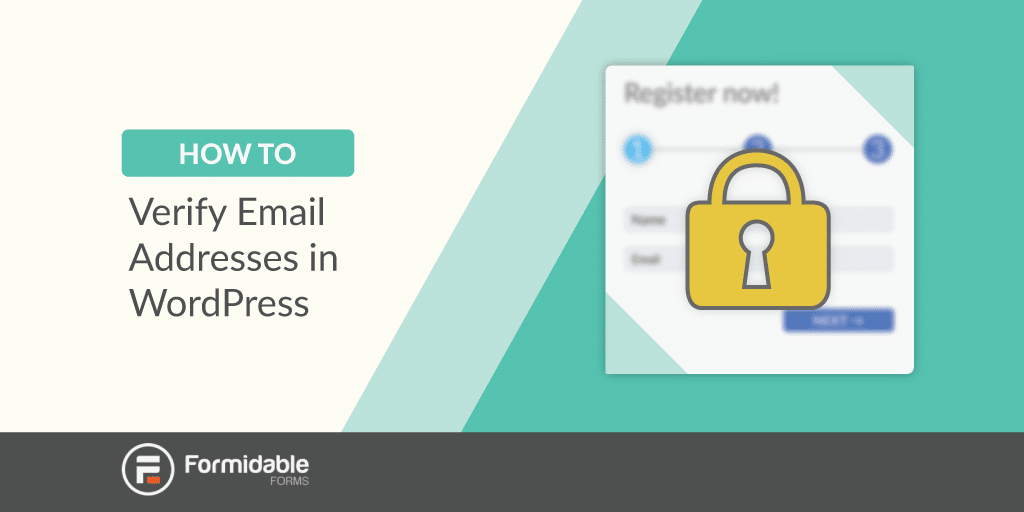Are you a WordPress website owner looking to improve the security and integrity of your user registration process? Email verification is a crucial step in ensuring that only legitimate users gain access to your site's resources. In this comprehensive guide, we'll delve deep into email verification for WordPress user registration, exploring various methods, plugins, and best practices.
Chapter 1: The Importance of Email Verification in WordPress
- Understanding Email Verification: Why it's essential for WordPress user registration.
- Security and Trust: How email verification enhances website security and user trust.
- Common Use Cases: When and why email verification is most commonly applied.
Chapter 2: Email Verification Methods in WordPress
- Manual Verification: The traditional approach of manually verifying user emails.
- Automated Verification: Leveraging plugins and automation for a seamless process.
- Two-Factor Authentication (2FA): Enhancing email verification with an extra layer of security.
Chapter 3: Plugins for Email Verification in WordPress
- Top WordPress Plugins: A curated list of the best plugins for email verification.
- Installation and Setup: Step-by-step guides for installing and configuring these plugins.
- Plugin Comparison: A detailed comparison of popular email verification plugins.
Chapter 4: Customizing Email Verification in WordPress
- Customization Options: How to tailor email verification to match your website's branding.
- Email Templates: Creating customized email templates for verification messages.
- Adding Extra Fields: Collecting additional user information during registration.
Chapter 5: Enhancing Security with Email Verification
- Spam Prevention: How email verification helps prevent spam accounts.
- Protecting User Data: Ensuring user data remains secure throughout the registration process.
- Alternative Security Measures: Complementing email verification with other security practices.
Chapter 6: Troubleshooting Email Verification Issues
- Common Problems: Addressing issues such as emails not being received or marked as spam.
- User Assistance: Assisting users who encounter problems during the verification process.
- Logging and Monitoring: Setting up logs and monitoring tools for verification-related issues.
Chapter 7: Integrating Email Verification with User Management
- User Roles: The role of email verification in assigning user roles.
- User Experience: Enhancing the user experience through a smooth verification process.
- User Feedback: Collecting and acting on user feedback to improve email verification.
Chapter 8: Email Verification Best Practices
- Double Opt-In vs. Single Opt-In: Comparing different email verification methods.
- Legal Considerations: Complying with email verification laws, such as GDPR.
- Testing and Optimization: Strategies for optimizing your email verification process.
Chapter 9: Frequently Asked Questions
- What is the difference between email verification and double opt-in?
- Are there any legal requirements for email verification in WordPress?
- How can I handle email delivery issues during verification?
Chapter 10: Future-Proofing Your User Registration Process
- Keeping Up with WordPress Updates: Ensuring email verification remains compatible with the latest WordPress versions.
- User Registration Trends: Staying ahead by adopting emerging user registration practices.
- Continuous Improvement: Evolving your email verification process based on user feedback and industry developments.
Conclusion: Elevate Your User Registration with Email Verification
With this guide, you'll not only understand the importance of email verification in WordPress user registration but also master the art of implementing it effectively. Elevate your website's security, user trust, and overall registration experience by incorporating email verification into your WordPress setup. Your users will appreciate the added layer of security, and you'll enjoy a more streamlined registration process.



